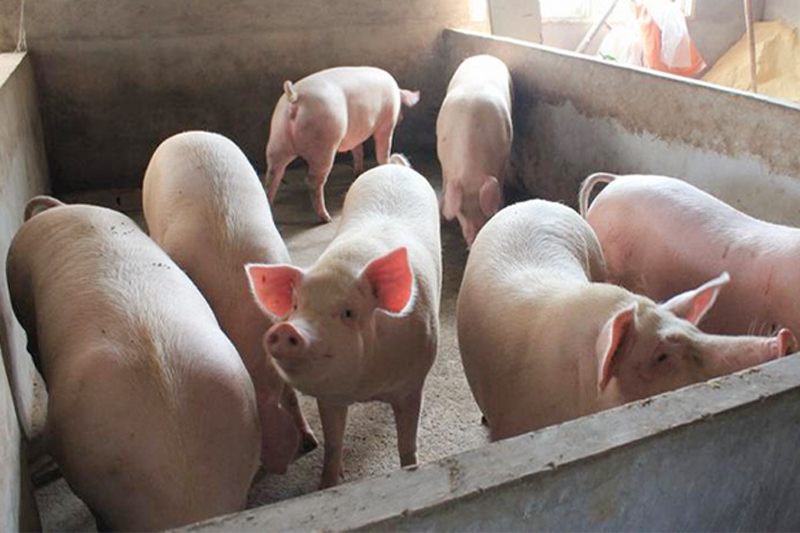The formulation of the immunization program should take into account the purpose, age, maternal antibody level, feeding conditions, vaccine type, nature, immunization route and other factors of the pigs. In particular, the current mixed infection rate is increasing year by year, and attention must be paid to combined and multiple immunization. At present, the attenuated porcine transmissible gastroenteritis and rotavirus vaccines developed in my country have a good active immunization effect on 3-day-old piglets. After intramuscular or intranasal injection once 5 to 6 weeks and 1 week before sow farrowing, the passive immunization protection rate of 3-day-old suckling piglets is more than 95%; after the arrival of autumn every year, newborn piglets can eat colostrum at least 30 minutes after intramuscular injection of vaccine before milk. 7 to 10 days before weaning, the vaccine can be injected intramuscularly once for feeder pigs, fattening pigs and boars.
For epidemic diarrhea, aluminum hydroxide inactivated vaccine for porcine epidemic diarrhea can be used. Pregnant sows should be inoculated with 4 ml 20 to 30 days before farrowing, piglets under 25 kg should be inoculated with 1 ml, growing pigs between 25 and 50 kg should be inoculated with 2 ml, and adult pigs over 50 kg should be inoculated with 4 ml. The injection site is the Houhai acupoint, and immunity will be generated 15 days after vaccination.

For epidemic diarrhea, aluminum hydroxide inactivated vaccine for porcine epidemic diarrhea can be used. Pregnant sows should be inoculated with 4 ml 20 to 30 days before farrowing, piglets under 25 kg should be inoculated with 1 ml, growing pigs between 25 and 50 kg should be inoculated with 2 ml, and adult pigs over 50 kg should be inoculated with 4 ml. The injection site is the Houhai acupoint, and immunity will be generated 15 days after vaccination.


